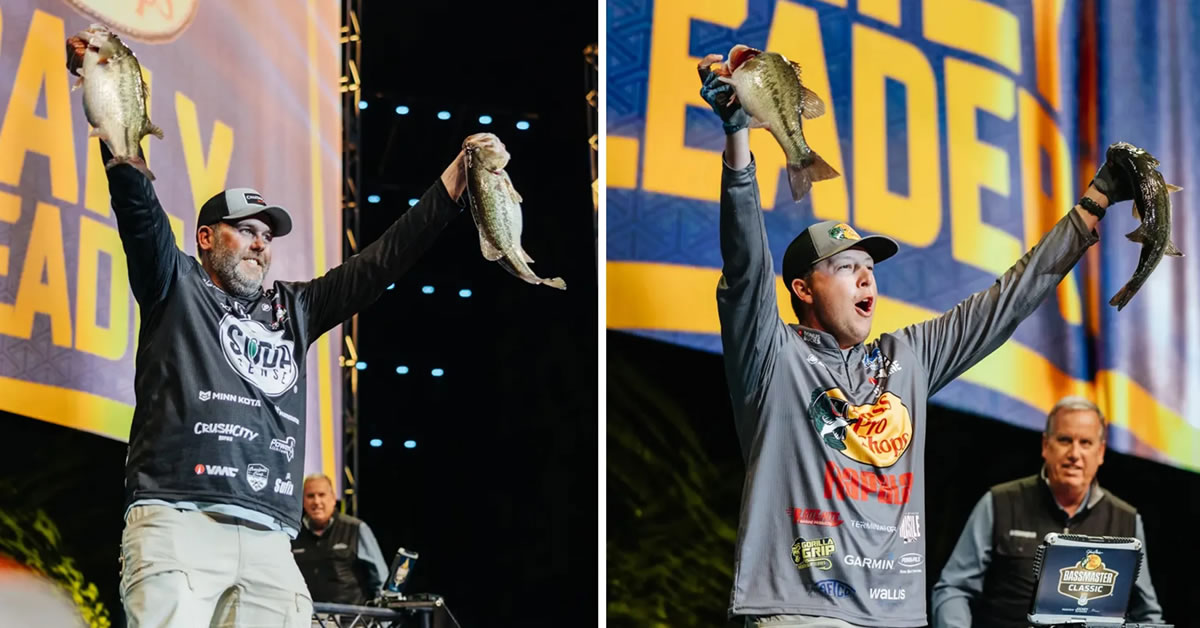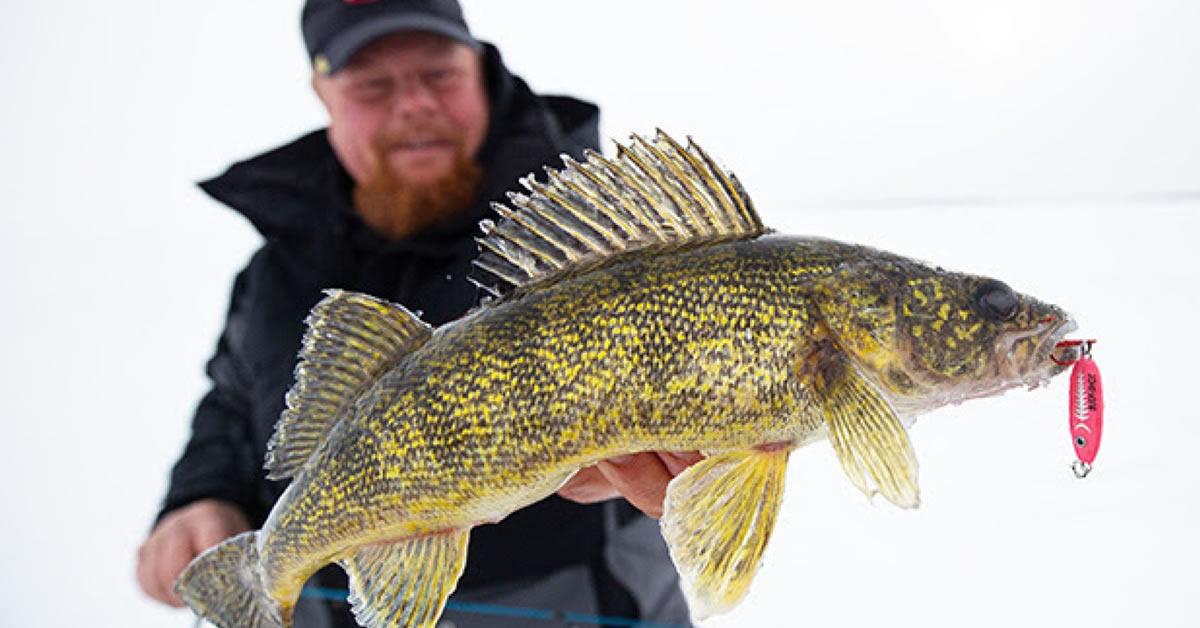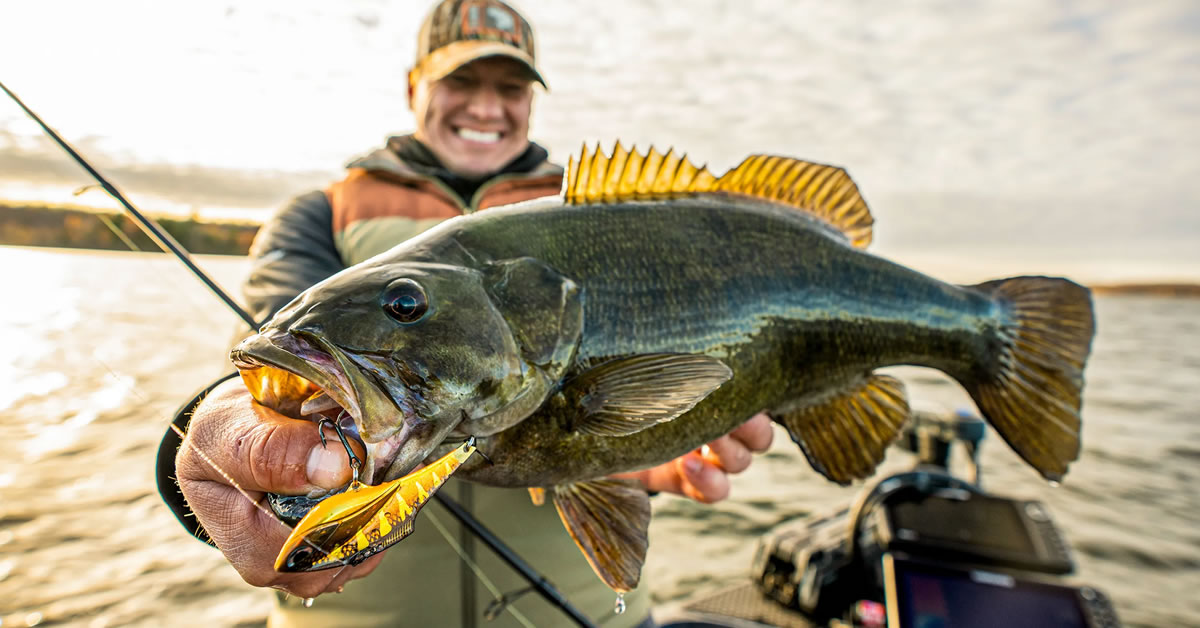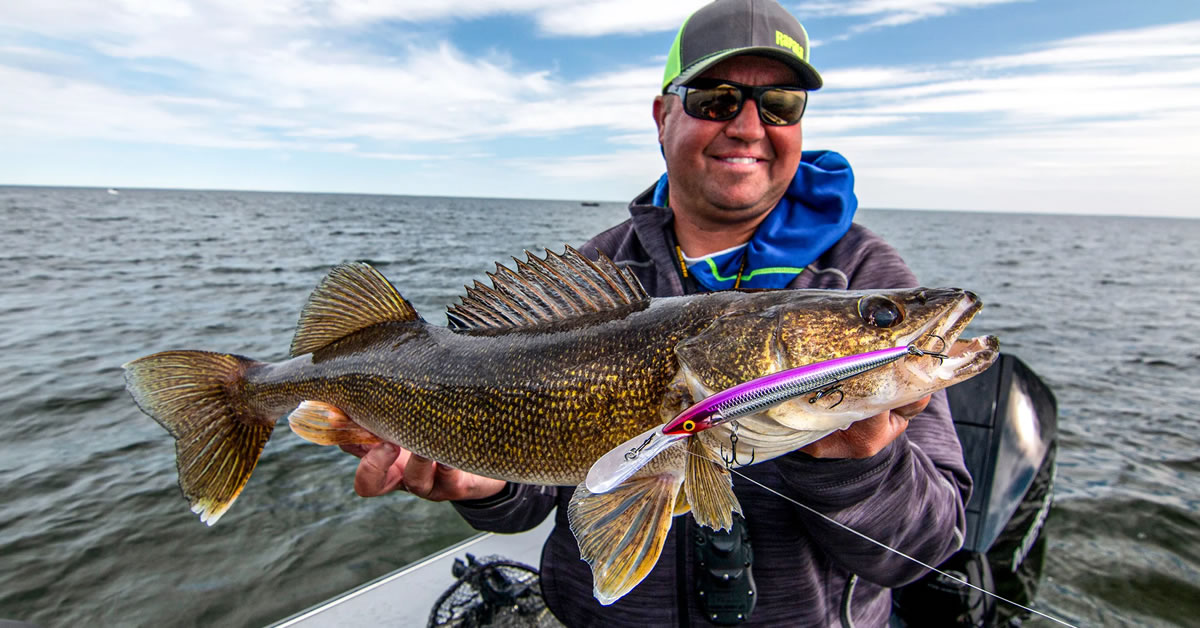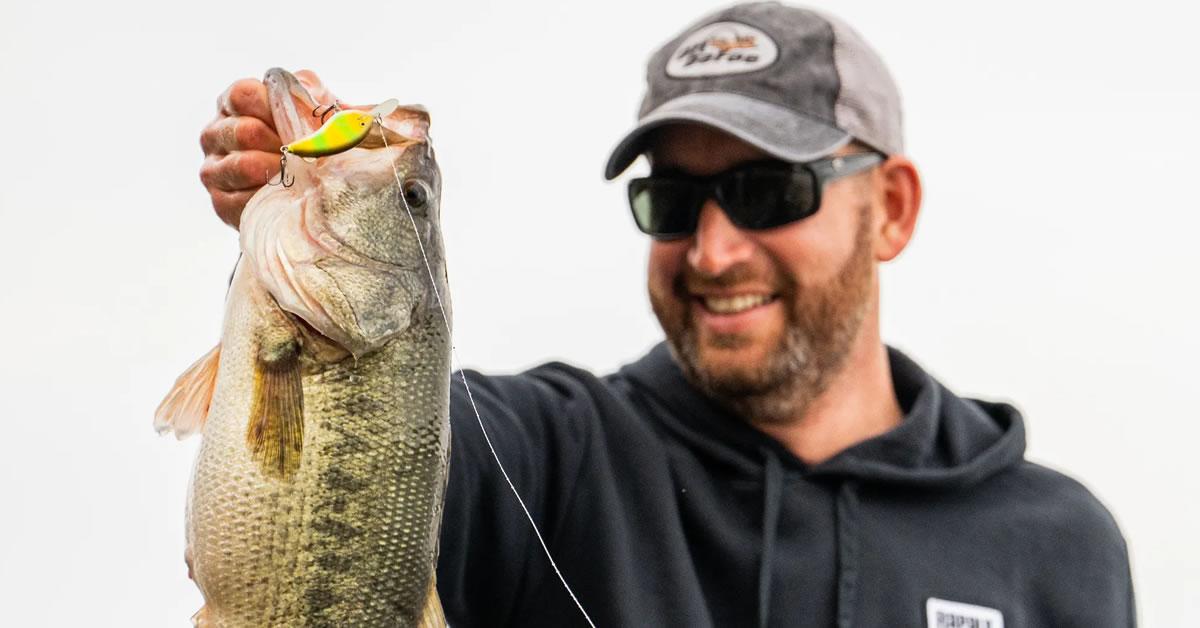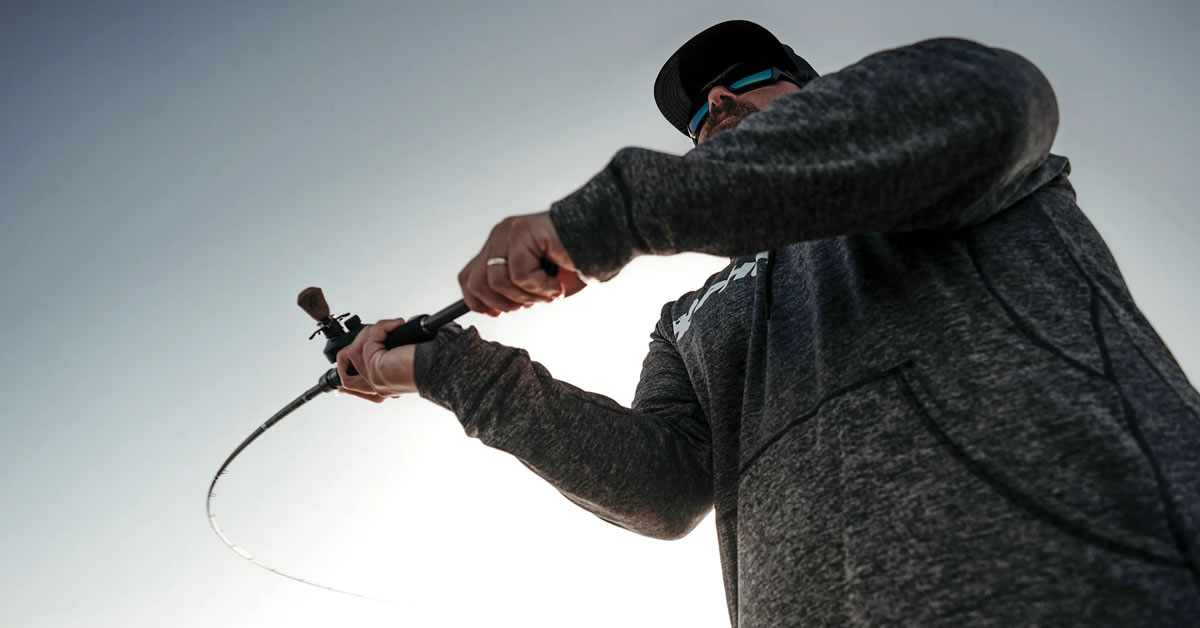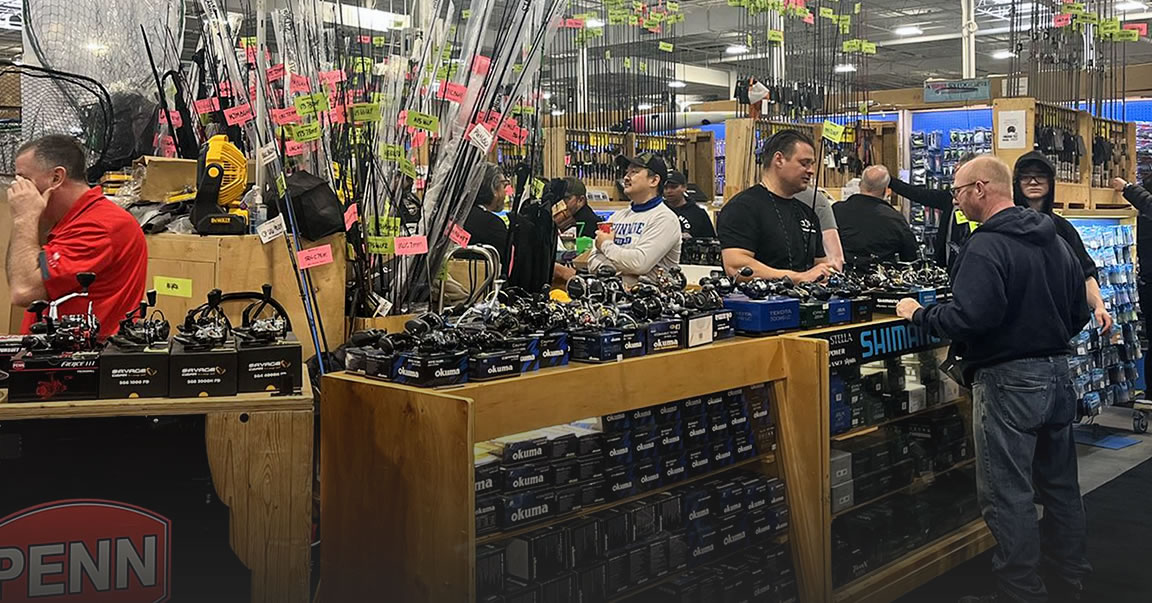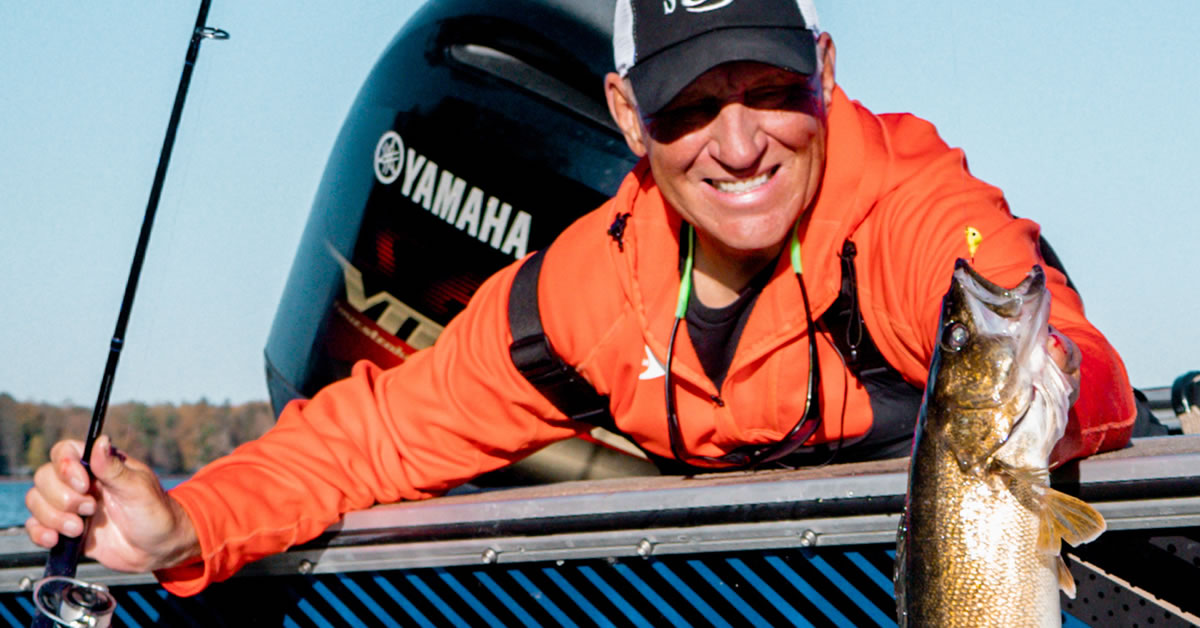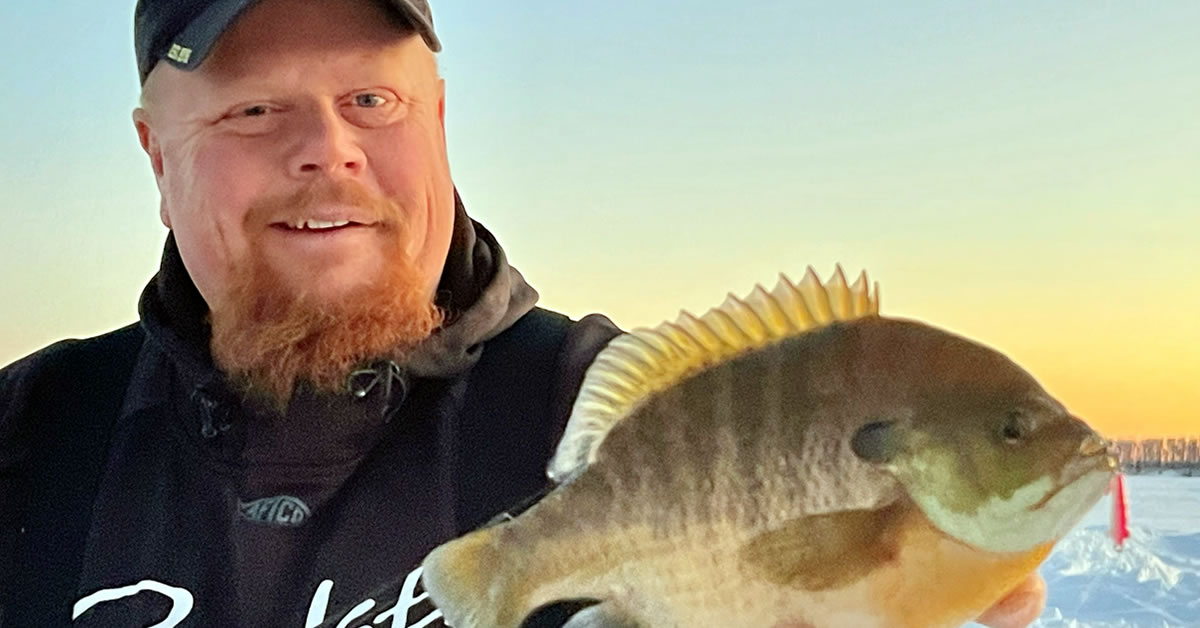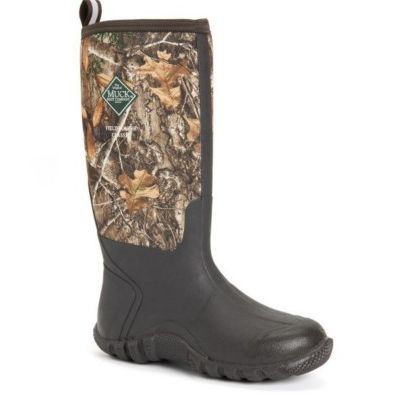Lake Michigan Smallmouth Bass Population Assessment Project
by Bill SchultzAs those of you who've read some of my other articles know, I love fishing for smallmouth bass. The Milwaukee River is one of the rivers I've fished quite a few times over the years, and I spend a number of days each spring and summer in Door County. I've always hoped that the smallmouth bass population would grow in the Lake Michigan waters off southeast Wisconsin. That's why I was excited to learn that Tom Burzynski, Fisheries Management Technician with the Wisconsin Department of Natural Resources, was leading a project to gather biological information on smallmouth bass in the estuaries and harbors of Lake Michigan, from Kenosha to Sheboygan. The project is the Lake Michigan Smallmouth Bass Population Assessment.
|
An interesting part of the project is to recruit volunteers to report their catches of smallies in the form of diaries. Through this effort Burzynski hopes to gain some insight into the distribution of smallies in the harbors and tributary streams. Burzynski said, "The volunteer anglers will provide information on spawning locations, as well as gaining insight into catch rates of fish based on the number of hours fished for smallmouth bass."
"Our sampling effort will be mostly confined to the harbors and lower reaches of the tributaries, but we will be looking at spawning locations throughout the rivers and harbors. The volunteer anglers will be reporting from wherever they decide to fish, so their coverage is yet to be determined," noted Burzynski. "We think the Milwaukee River has the potential to support a very good smallmouth fishery, but, whether it can rival the Wisconsin River is unknown, simply because of the difference in size of the two rivers."
Burzynski and I discussed several challenges facing this smallmouth fishery. He explained, "Loss or degradation of habitat due to dams probably ranks as the most critical factor. Dam operation, at least in the case of the Milwaukee River below the Estabrook Park Dam, may have an impact on smallmouth bass reproduction due to altered flow regimes."
"Another challenge to the fishery is a lack of information on the harvest of smallmouth bass, particularly in those areas not covered by the Lake Michigan creel survey. Without adequate harvest information we cannot know if the fishery needs protection in the form of different size or bag limits," Burzynski said. "The final challenge facing the rivers in general is the loss of habitat and decreased water quality associated with non-point source pollution."
The volunteer component of this study is very important to its success and I commend two of my fishing friends for volunteering to help Burzynski with this project. Volunteers Geoff Grainger and Jim Girouard are also trying to form a Smallmouth Bass Alliance Chapter in southeast Wisconsin.
"Over the past three years I've developed a passion for fishing smallmouth bass in rivers. I voraciously read about the species, fishing techniques and habitat. When I heard about the DNR project on several of the Lake-Link threads, to me it was a natural next-step," explained Girouard.
|
Girouard said, "As an extension of my passion for smallmouth river fishing, I am always looking to learn more and do more-both fishing and what I can do to help perpetuate the species, improve habitat, improve reproduction and survival success for the smallies, and ultimately improve the overall fish quality and fishing experience."
Both Grainger and Girouard share my enjoyment of fishing the Milwaukee River and I asked them why they like fishing it so much. Girouard reminded me that, "Five years ago when I moved to Wisconsin, I ran into a guy while struggling to find fishable, accessible small waters to fish for largemouth bass from my kayak. That guy, Bill Schultz, recommended I give river smallies a try." I remember that first meeting and telling him that he wouldn't be competing with many boats, jet skis or crowded launches. He could just get on the water, walking and wading while catching fish.
"I was always a lake fisherman, but wherever you find fish on a lake you usually find lots of boats. Fishing on the river provides an escape from the traffic. When I step on the river and walk a couple of hundred yards there aren't the boats, no crowded launches and no fisherman shoulder-to-shoulder crossing lines," Grainger related. "The few visitors I have are usually deer or curious herons. The water rushes around my legs like a soothing bath. I can't think of a more peaceful place and I never would have guessed I could find it so close to home."
It's no secret, those who've read my articles or heard one of my talks, know that I'm an enthusiastic bronzeback angler. Both Grainger and Girouard share this passion with me, so I asked them why they so strongly believe in the Catch and Release ethic.
"I love to catch fish and I love to eat fish, but can absolutely do without everything else in between. I can go to a restaurant and enjoy a fish dinner, leaving the cleaning and cooking to someone else," smiled Grainger "That was the main reason I began practicing catch and release, but today I also know better for much more important reasons. I remember the days of perch fishing in Sturgeon Bay and catching 100 perch in a half day and spending the rest of the day cleaning them. I feel this is one reason the perch population is doing so poorly in an area that it once flourished in."
Girouard echoes my feelings when he told me, "I learned how long it takes a river smallmouth to grow to "keeper size". It takes five or six years for a smallie to reach the 12" to 14" range and most rivers can only support a certain number of fish this size per mile and once they start getting to 17", fewer per mile. This means that trophy you just landed is indeed a prize, put them back so they can continue to thrive and reproduce."
He pointed out that, "Smallies are relatively easy to catch and susceptible to over-harvest, especially during the spawn. There are numerous studies that demonstrate just how fast a nest can be raided by other species when a bass is taken off, even for a few minutes. All these factors make it that much more imperative to, in my opinion, practice catch and release."
|
"It would allow smallie enthusiasts to meet each other, share experiences, learn from others and, of course, enjoy some food and beer together while sharing stories." noted Girouard. "After the positive experience of working on this project, an organized chapter would bring even more enthusiasts together to benefit the sport, share information, help with river clean-ups, assist the DNR and bring awareness to the potential of our southeast Wisconsin fisheries."
If you are interested in more information on a Southeast Wisconsin Smallmouth Alliance chapter you can email Geoff Grainger at [email protected] or Jim Girouard at [email protected].


.jpg)


